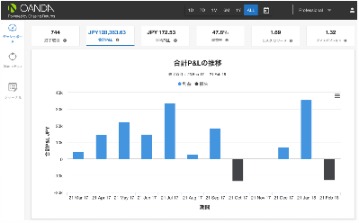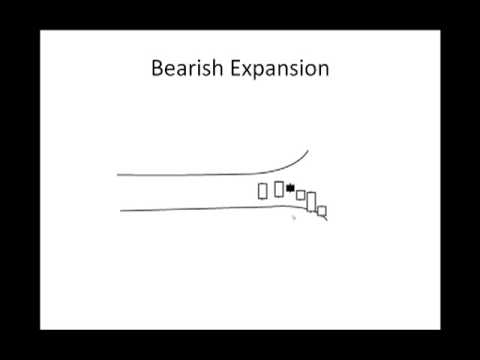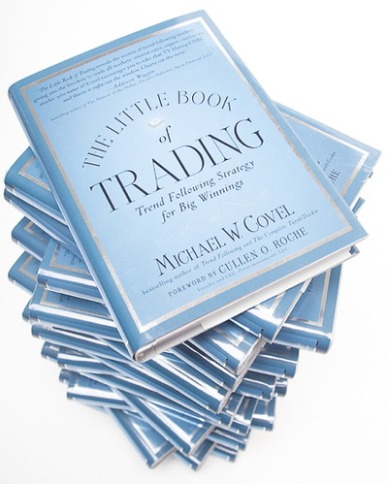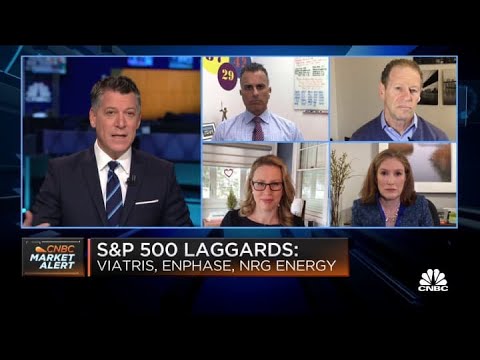Contents

This indicates the sellers are gone and enables the bulls to resume control. Rounded cup – The sides of the cup formation should have a rounded look, rather than a V-shape. Patterns with shorter handles have a higher success rate than patterns with longer handles. Check out this step-by-step guide to learn how to find the best opportunities every single day. Therefore, we believe that the upward trend will continue as bulls attempt to retest the previous high of $1920. When it does this, we expect that there will be an indecision between the bulls and the bears, which will push the price lower before an eventual rally.

Finally, the security breaks out again, surpassing its highs that are equal to the depth of the cup’s low point. The cup and handle is a powerful and reliable chart pattern of technical analysis that frequently leads to big gains. As such, it is one of the top chart patterns we consistently target in our flagship stock and crypto swing trading services. Cup and handle patterns are also traded in the forex market, especially by day traders. When intraday trading, cup and handles tend to perform better during active times of a specific currency pair.

This is a situation where you place a buy-stop order above the resistance. In this case, a bullish trade will be opened after the price rises above the resistance level. The cup and handle pattern is called so because of its appearance. The handle can be a small consolidation or slight pullback. The chart below shows how a cup and handle pattern look like. If you trade chart patterns, you want to exit your trade when the pattern is completed.
This handle looks nothing like the ideal pattern but serves the identical purpose, holding close to the prior high, shaking out short-sellers, and encouraging new longs to enter positions. Note that a deeper handle retracement, rounded or otherwise, lowers the odds for a breakout because the price structure reinforces resistance at the prior high. There are also bearish patterns called the inverted cup and handle, also referred to as reverse cup and handle. It’s an upside-down cup with a handle that is angled downward, which forms when there is a drop followed by a rebound up and then another drop.
The cup and handle formation time frames are approximately seven weeks to a year. The figure on the right shows an example of a cup with handle chart pattern. The rise leading to the cup with handle begins at C and reaches the left cup lip at point A. Since this is on the weekly scale, the price chart appears narrower than usual, but price rounds downward forming a cup with the right cup lip at B. The handle lasts a few weeks before price begins moving up.
What are the rules for the cup and handle pattern?
As with most chart patterns, it is more important to capture the essence of the pattern than the particulars. The cup is a bowl-shaped consolidation and the handle is a short pullback followed by a breakout with expanding volume. A cup retracement of 62% may not fit the pattern requirements, but a particular stock’s pattern may still capture the essence of the Cup with Handle. A stop-loss order gets a trader out of a trade if the price drops, instead of rallying, after buying a breakout from the cup and handle formation.

It also defines the entry point, stop-loss, and target placement guidelines. A breakout is when the price moves above a resistance level or moves below a support level. The price movement of a breakout can be described as a sudden, directional move in price that is… There are several benefits of using the cup and handle pattern.
How do you scan for a cup and handle pattern?
By having the https://en.forexbrokerslist.site/ and stop-loss in the upper third of the cup, the stop-loss stays closer to the entry point, which helps improve the risk-reward ratio of the trade. The stop-loss represents the risk portion of the trade, while the target represents the reward portion. The next pullback carves out a rounding bottom no deeper than the 50% retracement of the prior trend. The security posts a significant high in an uptrend that accelerated between one and three months prior. A breakout trader looks for levels that a security hasn’t been able to move beyond, and waits for it to move beyond those levels, as it could keep moving in that direction.

A Cup and Handle is a chart pattern where the price movement of an asset resembles a “cup” followed by a downward trending price pattern. Another related technical analysis indicator to keep in mind is an inverted cup and handle pattern. Some traders consider that pattern a harbinger of a downtrend in the asset’s price that helps identifying selling opportunities. Wynn Resorts, Limited went public on the Nasdaq exchange near $11.50 in October 2002 and rose to $164.48 five years later.
The stop-loss will sell off the stocks as soon as the price goes down to a specific price set on the handle. Cup and Handle Pattern is often considered a bullish signal, with the handle usually experiencing lower trading volume. However, there is also the other side of this pattern, the reverse cup and handle, which represents a bearish trade.
What happens after a cup and handle pattern?
In this case, traders may focus on stocks or indexes that saw strong percentage advances heading into the cup and handle pattern. The theory behind the cup and handle pattern is that if the price tried to drop but then rebounded, there must be strong buying momentum behind the asset to continue moving higher. This could attract traders to open a position at the price rise, or at least avoid opening a short position against it.
- The cup can be spread out from 1 to 6 months, occasionally longer.
- The good thing about waiting for the close is it’s less prone to false breakout.
- Be aware that the handle itself, which must stretch for a minimum five trading sessions, can morph into a base of its own in certain cases.
- A cup and handle is considered a bullish continuation pattern and is used to identify buying opportunities.
- The Cup and Handle pattern confirmation comes when the price breaks above the “handle” — and that’s where you can enter a trade.
Even if all other parameters come together, you should avoid stocks that break out below their 10-week moving average. A loose, choppy base shows the stock needs to go far for price discovery. If institutions are holding on to the stock, it won’t fall too far. Sometimes, the left side of the cup is a different height than the right. Use the smaller height and add it to the breakout point for a conservative target. You could also use the larger height for an aggressive target.
Looking at the cup and handle pattern, you can see why it’s considered bullish, as the U pattern leads upward. But what’s even more important is where the price moves after the pattern is formed, which shows whether it will continue to rise above the handle moving to a bullish market. It’s considered a bullish signal, indicating prices are rising, which offers opportunities to go long .
How to Find Breakout Stocks Using The Pro Scanner
Traditionally, the cup has a pause, or stabilizing period, at the bottom of the cup, where the price moves sideways or forms a rounded bottom. It shows the price found a support level and couldn’t drop below it. It helps improve the odds of the price moving higher after the breakout. Microsoft Corporation printed two non-traditional cup and handle patterns in 2014. It topped out at $41.66 in April and pulled back to the 38.6% retracement of the last trend leg. Price carved out a choppy but rounded bottom at that level and returned to the high in June.
It then ground sideways in a consolidation pattern that lasted for more than five weeks, or close to half the time it took for the cup segment to complete. Another issue has to do with the depth of the cup part of the formation. Sometimes a shallower cup can be a signal, while other times a deep cup can produce a false signal. Finally, one limitation shared across many technical patterns is that it can be unreliable in illiquid stocks. So far we have only shown some anecdotal evidence of the cup and handle pattern. O’Neil is the innovator of the CANSLIM method and one requirement was that the stock must form some kind of a cup and handle pattern.
Instead of a ‘u’ https://forex-trend.net/, it forms an ‘n’ shape, with the handle bending slightly upwards on the chart. Technical analysis focuses on market action — specifically, volume and price. Technical analysis is only one approach to analyzing stocks. When considering which stocks to buy or sell, you should use the approach that you’re most comfortable with.
Stay on top of upcoming market-moving events with our customisable economic calendar. Expert market commentary delivered right to your inbox, for free. Traders use this indicator to find opportunities to buy securities with the expectation that their price will increase. Thomas J Catalano is a CFP and Registered Investment Adviser with the state of South Carolina, where he launched his own financial advisory firm in 2018.
As you can see in the chart, the price reached the projected target before making a pullback. You will automatically start receiving daily market analysis, trade ideas, and blog updates. Proper technical analysis puts the odds of winning in your favor, but you must always be prepared to cut your loss if the pattern fails. The traditional buy point is a breakout above the high of the handle, which clearly puts bullish momentum on your side. When the cup and handle follows through, it typically generates gains of +20% to 30% over several weeks . Light volume – Volume should dry up at some point near the bottom of the base of the cup.
First, it is a relatively easy pattern to identify in a chart. Second, you don’t need to use any technical indicators like the RSI and moving averages. The cup and handle tells you that the price will continue with its bullish trend. It also tells you where to expect the initial resistance level. This resistance happens at the level where the price reached and started falling. The cup and handle pattern is part of the so-called continuation patterns.
The security finally broke out in July 2014, with the uptrend matching the length of the cup in a perfect measured move. The rally peak established a new high that yielded a pullback retracing 50% of the prior rally, nearly identical to the prior pattern. This time, the cup prints a V-shape rather than a rounded bottom, with price stalling under the prior high. It ground sideways in a broadening formation that looks nothing like the classic handle for another three weeks and broke out. This rally failed to reach the measured move target at 50, calculated by adding the four-point depth of the cup to the resistance line near $46.
All https://topforexnews.org/s involve the risk of loss and the past performance of a security or a financial product does not guarantee future results or returns. Additional information about your broker can be found by clicking here. Open to Public Investing is a wholly-owned subsidiary of Public Holdings, Inc. (“Public Holdings”).
An indication of interest to purchase securities involves no obligation or commitment of any kind. When a pullback occurs, it forms a rounded bottom that is no deeper than 50% of the retracing showing the pattern of the cup. When the price closes above the trendline, investors may choose to place a limit order just below the breakout level in hopes of executing the order if the price backtracks. Occasionally the cups will form without a clear handle, leading to questions about whether it’s a false signal. Technical analysts often use Cup and Handle patterns as buying opportunities because of their ability to “prove” the lack of selling pressure during the timeframe being assessed. Cup and Handle patterns can be stronger when the next logical place of resistance on the chart after the breakout is a considerable distance away.
